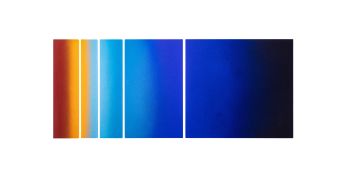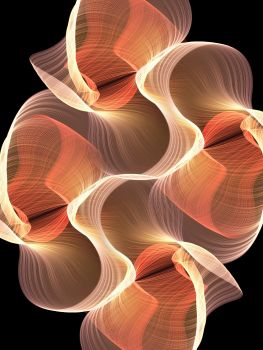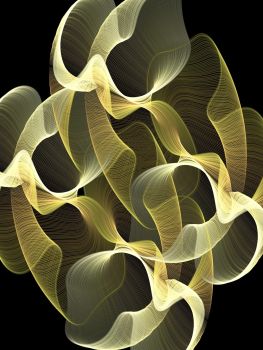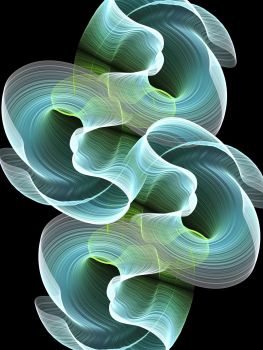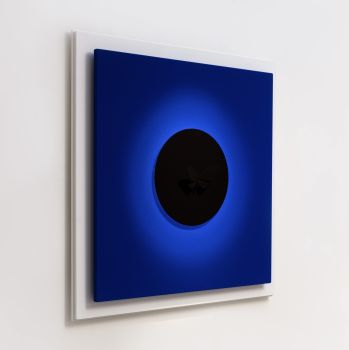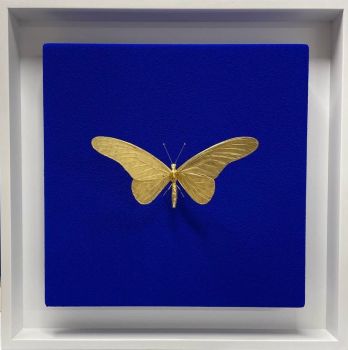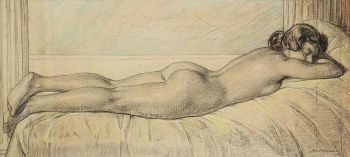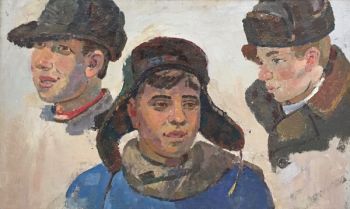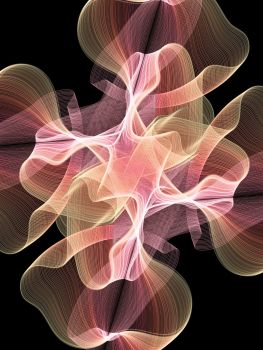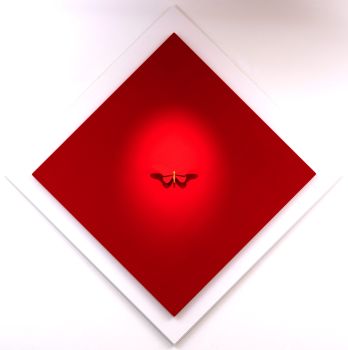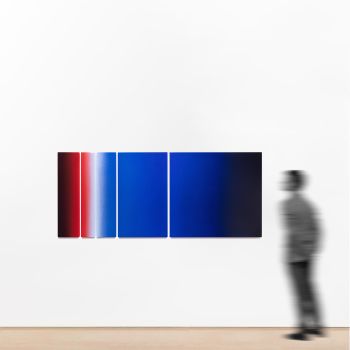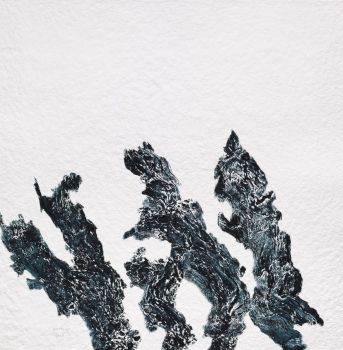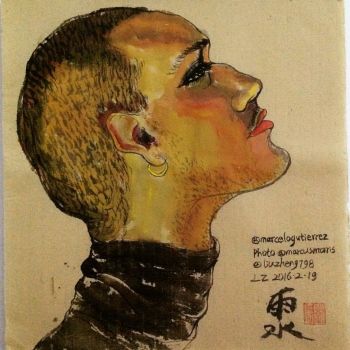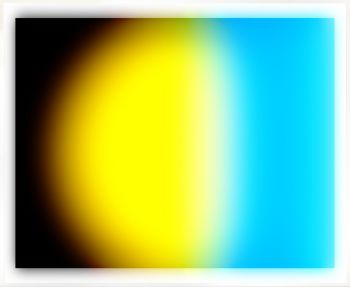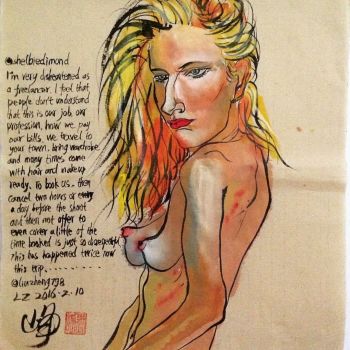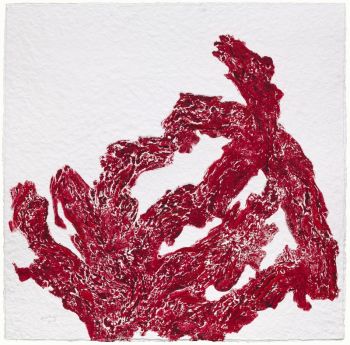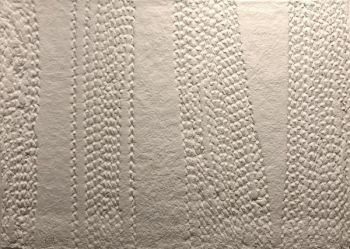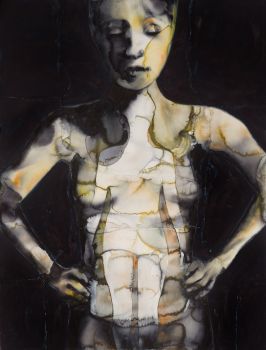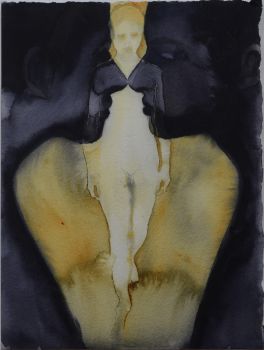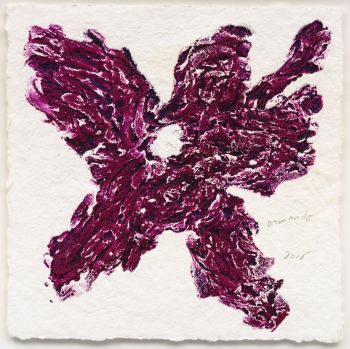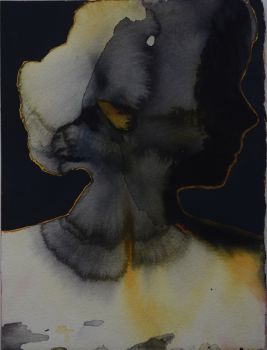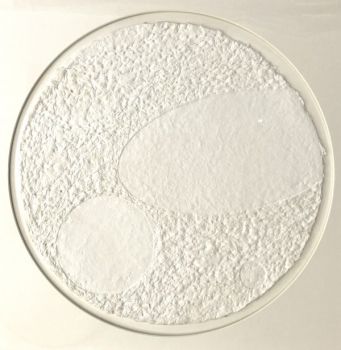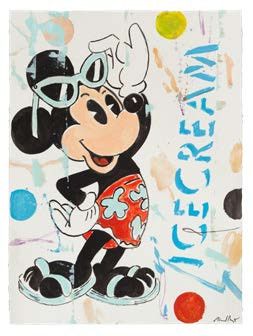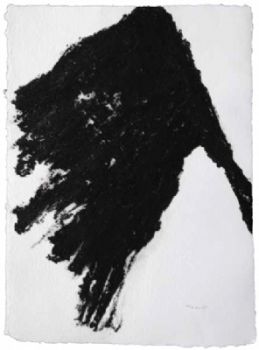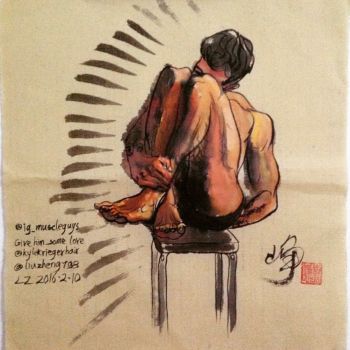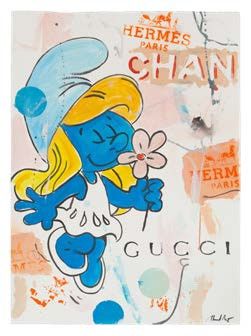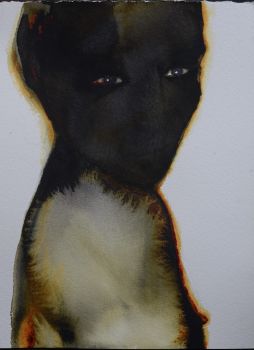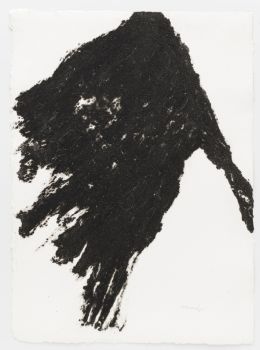Debate on the preferences between Greek and Latin, and Arabic sources 1540
Leonhart Fuchs
CartaCarta fatta a manoPelle
Attualmente non disponibile tramite Gallerease
- A proposito di opere d'arteLibri IIII, difficilium aliquot quaestionum et hodie passim controversarum explicationes continents.
Basel, (colophon: Robert Winter, 1540).
4 parts in 1 volume. 4to.
Each of the 4 parts with charming woodcut device on the last blank.
17th-century sheepskin parchment.
First edition of Fuchs his "Four books on some difficult questions" a heavily revised version of his Apologiae tres ("Three apologies") from 1538.
It is part of a debate on the preferences for ancient Greek and Latin on one side and Arabic sources on the other side; refuting the views of Guillaume Dupuis, Sébastien de Monteux and Jérémie de Dryvere. Fuchs gives commentary on the indications and dosages of prescriptions of Ibn Sina (Avicenna) and on Masawaih al-Mardini (Mesue the Younger), and praises the work of Galenus, whose work set the template for Islamic medicine.
Browned and foxed throughout and a few lines, words headers and paragraphs crossed out; a good copy.
Bibliotheca Osleriana 2688; Durling 1710; USTC 602528 (4 copies). - A proposito di opere artistaLeonhart Fuchs è stato un medico e botanico tedesco, nato nel 1501 a Wemding nel Ducato di Baviera. Morì il 10 maggio 1566. È meglio conosciuto come l'autore di un particolare grande libro sulle piante e sui loro usi medicinali, vale a dire un libro di erbe. Fu pubblicato per la prima volta in latino nel 1542. Il libro conteneva circa 500 disegni dettagliati e accurati di piante, stampati da xilografie. I disegni sono il progresso più notevole del libro rispetto ai suoi predecessori. Sebbene i disegni siano stati utilizzati in precedenza in altri libri di erbe, il libro di erbe di Fuchhs ha dimostrato e enfatizzato i disegni di alta qualità come il modo più eloquente per specificare cosa rappresenta il nome di una pianta. Alla fine, la Fuchsia come pianta fu chiamata in suo onore; di conseguenza, anche il colore fucsia prese il suo nome.
Artwork details
Categoria
Soggetto
Materiale e Tecnica
Related artworks
Engelbert Kaempfer
IL LIBRO DI ENGELBERT KAEMPFER1651 - 1716
Prezzo su richiestaZebregs & Röell - Fine Art - Antiques
Antonie Derkinderen
Memory book Exhibition of Dutch Painting1892
Prezzo su richiestaKunsthandel Pygmalion
Tilmanus Nicolaus Maastricht
Missale Romanum con fornimenti d'argento olandesi1788 - 1792
Prezzo su richiestaJacob J. Roosjen SRI
Hermann Nitsch
"UNDER MY SKIN" Signed book incl. small artwork and DVD in a matching box2010 - 2014
Prezzo su richiestaGallerease Selected
Tilmanus Nicolaus Maastricht
Missale Romanum con fornimenti d'argento olandesi1788 - 1792
Prezzo su richiestaJacob J. Roosjen SRI
Yoko Ono
YOKO ONO: "ARISING" SIGNED BOOK PLUS SMALL ARTWORK 2010 - 2014
Prezzo su richiestaGallerease Selected
Antonie Derkinderen
Memory book Exhibition of Dutch Painting1892
Prezzo su richiestaKunsthandel Pygmalion
LAWRENCE WEINER
"SKIMMING THE WATER [MENAGE A QUATRE]" Signed book plus small artwork2010 - 2014
Prezzo su richiestaGallerease Selected
1 - 4 / 22- 1 - 4 / 14
- 1 - 4 / 24


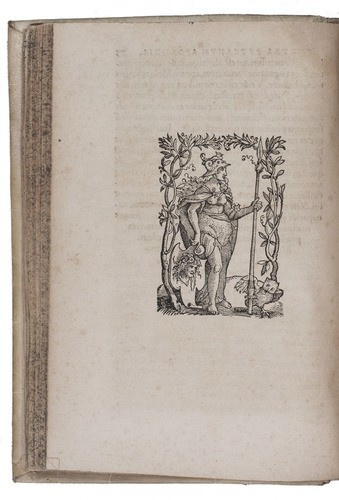












!["SKIMMING THE WATER [MENAGE A QUATRE]" Signed book plus small artwork by LAWRENCE WEINER](https://media-2.gallerease.com/images/442bfd5f-fc31-4e18-a2fa-ee0c08eade64/350x350/skimming-the-water-menage-a-quatre-signed-book-plus-small-artwork.jpg)







